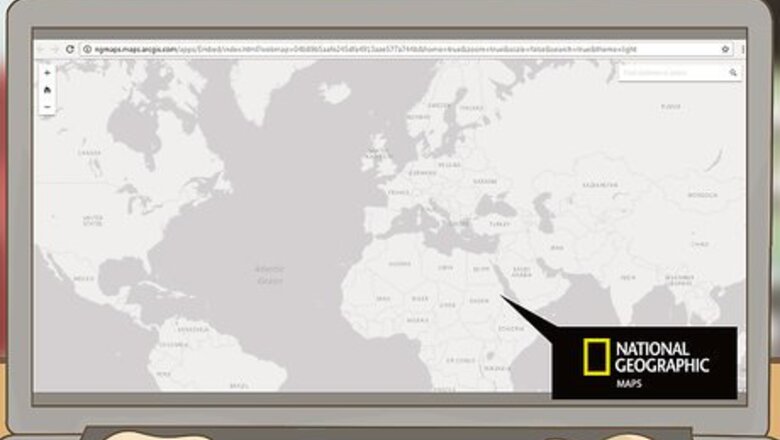
views
Studying the Map
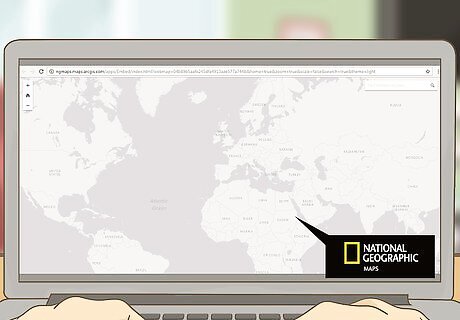
Use an up-to-date map. Make sure that you are using an up to date map to study. Look for maps on reputable, regularly updated websites online, and print one out if you prefer to study a paper map. Otherwise, consider buying a new map to study at an office supply store, book store, or online. For instance, visit the National geographic website at http://maps.nationalgeographic.com/maps for accurate, up-to-date world maps.

Go by continent. To keep from being overwhelmed, focus on only one or two continents at a time while studying. Trying to cover the entire map at once will break up your concentration and make memorization more difficult. If necessary, cover the parts of the map you are not concentrating on to keep your eyes focused. For example, devote each day of the week to studying one of the seven continents: Africa, Antarctica, Asia, Australia, Europe, North America (including Central America) and South.

Prioritize countries you have trouble identifying. Isolate the countries that you have trouble remembering and give them extra attention when studying (e.g. note the other countries and bodies of water surrounding them). Make a list of all of the countries that you make three or more guesses about without getting the right answer. When testing yourself, make a point to identify the countries you have difficulty remembering first, rather than the ones you recognize easily.

Quiz yourself alphabetically. To reinforce your knowledge of where countries are located on a world map, quiz yourself alphabetically. Choose a continent and try to name each country in it in alphabetical order. By making the studying process more complex, you will sharpen your focus on the material and challenge yourself more thoroughly. It can also be helpful to have a friend or family member quiz you, which can be more challenging. They don’t have to quiz you alphabetically. Instead, they could ask a question like, “Which countries border Laos?” or “What’s the southernmost country in South America?”
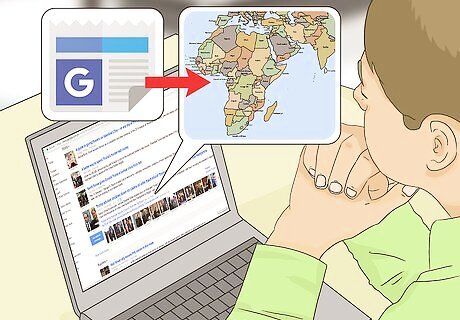
Tie in current events. Use new stories and global current events to contextualize the countries you are trying to place. For instance, look up and memorize countries that are currently in the headlines to get a better sense of the geographical context of those news stories. Alternatively, if there are countries that you are having trouble memorizing on the world map, search them in Google News to get more information about them and create stronger mental associations.

Use the method of Loci. Try using the method of Loci, a technique used by Roman orators to remember long speeches, to memorize countries on a world map. Picture the countries of a continent within the framework of a familiar building (e.g. your home or workplace). Imagine memorable things happening in each room, section, or hallway, and assign countries from the map accordingly. Make the narrative memorable enough to stick in your mind and call up the connections you make with the world map. For example, associate countries in Europe with your colleagues' cubicles at work, and imagine an absurd narrative that will help you remember (e.g. remembering Portugal and Spain by picturing a co-worker's cubicle, which has shrunk in size and holds a child-sized desk and chair, located at the corner of another co-worker's cubicle which is large enough to accommodate flamenco dancers.
Create a mnemonic device. Mnemonic devices are silly phrases or rhymes that help you remember the order of things. They don’t have to make sense, and sometimes if the phrase is really wacky it is easier to remember. Try creating mnemonic devices to remember the order of certain countries from north to south or west to east. For instance, a mnemonic device used to list the countries in Central America from north to south is: Baby Goats Eat Ham, Not Cold Peanuts. The phrase provides the first letter of each country (Belize, Guatemala, El Salvador, Honduras, Nicaragua, Costa Rica, Panama).
Having Fun With Geography

Download geography apps. There are many educational apps available for download that can assist you in memorizing where different countries are on a world map. Using these apps will give you the convenient option of studying on the go whenever the opportunity presents itself (e.g. during a bus ride). Download these free apps to try: Learn World Geography, a free app for the iPhone and iPad that repeats flashcards for optimal memorization TapQuiz Maps World Edition, a free app for iPhone and iPod that can help you master geography by way of a fun quiz game World Map Quiz, a free app for Android that slows you to play a world map game in flag or capital mode

Visit educational websites. There are a variety of geography websites available to help you improve your knowledge of world countries in a fun way. Websites offer games, quizzes, and trivia to make memorizing countries on the world map less tedious and more interactive. To learn in a fun way, visit: Seterra Online, a website offering free map quiz games that use outline map exercises for memorization Lizard Point, an educational website offering free quizzes and trivia World Atlas, an interactive website that allows you to explore the world map country by country with detailed visual aids

Decorate with wall maps. To build strong visual memories of the world map and the countries on it, try decorating a wall in your home with a large wall map. To make a more interactive map, hang a large map on a cork bulletin board so that you can mark countries with push pins while studying. Look for wall maps (as well as a bulletin board and push pins) at an office supply store, or online.
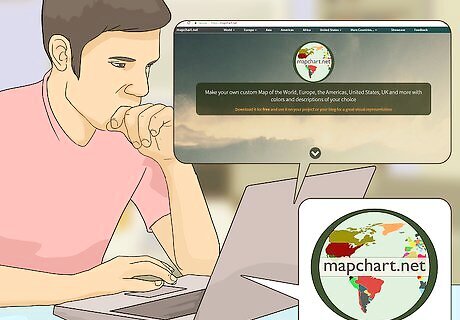
Print out maps to color and study. To memorize countries, print out copies of a world map to color or use for study. Color coding different continents and countries can help to build visual associations, and be a fun, relaxing activity. Blank maps can be useful for studying and quizzing yourself on the location of countries. Visit https://mapchart.net/ to make a free custom world map with your own color choices and descriptions
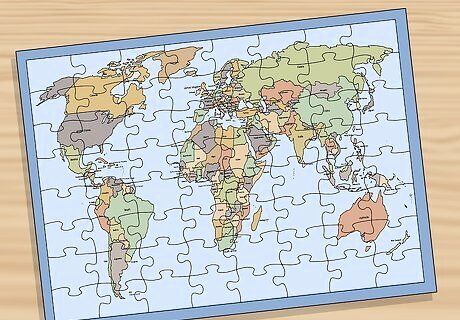
Work on a world map jigsaw puzzle. Working on a jigsaw puzzle exercises several brain functions simultaneously - notably the abilities to reason , sequence, and solve problems. While you are already flexing your brain muscles, capitalize by incorporating your study of the world map into the activity. The prolonged examination of the world map puzzle, in addition to your mind working on an analytical level, will help you retain country locations. Purchase a world map jigsaw puzzle at a toy store, hobby store, or online.















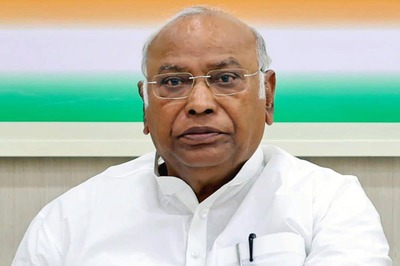




Comments
0 comment